Pulsar Kite is an ongoing research intended to enquire into the playful practice of the kite flight by means of Sonic Augmentation. While it is a non competitive activity, a kite flight can be an activity of mere recreation without further purpose, although it can provide an opportunity to interpolate his potential outputs in the context of Generative Music. When an active user aims to control over unpredictable wind conditions, this physical interaction is transmitted to augment auditory, visual and haptic perception.
Pulsar Kite from Juan Duarte on Vimeo.
Pulsar Kite thesis available here
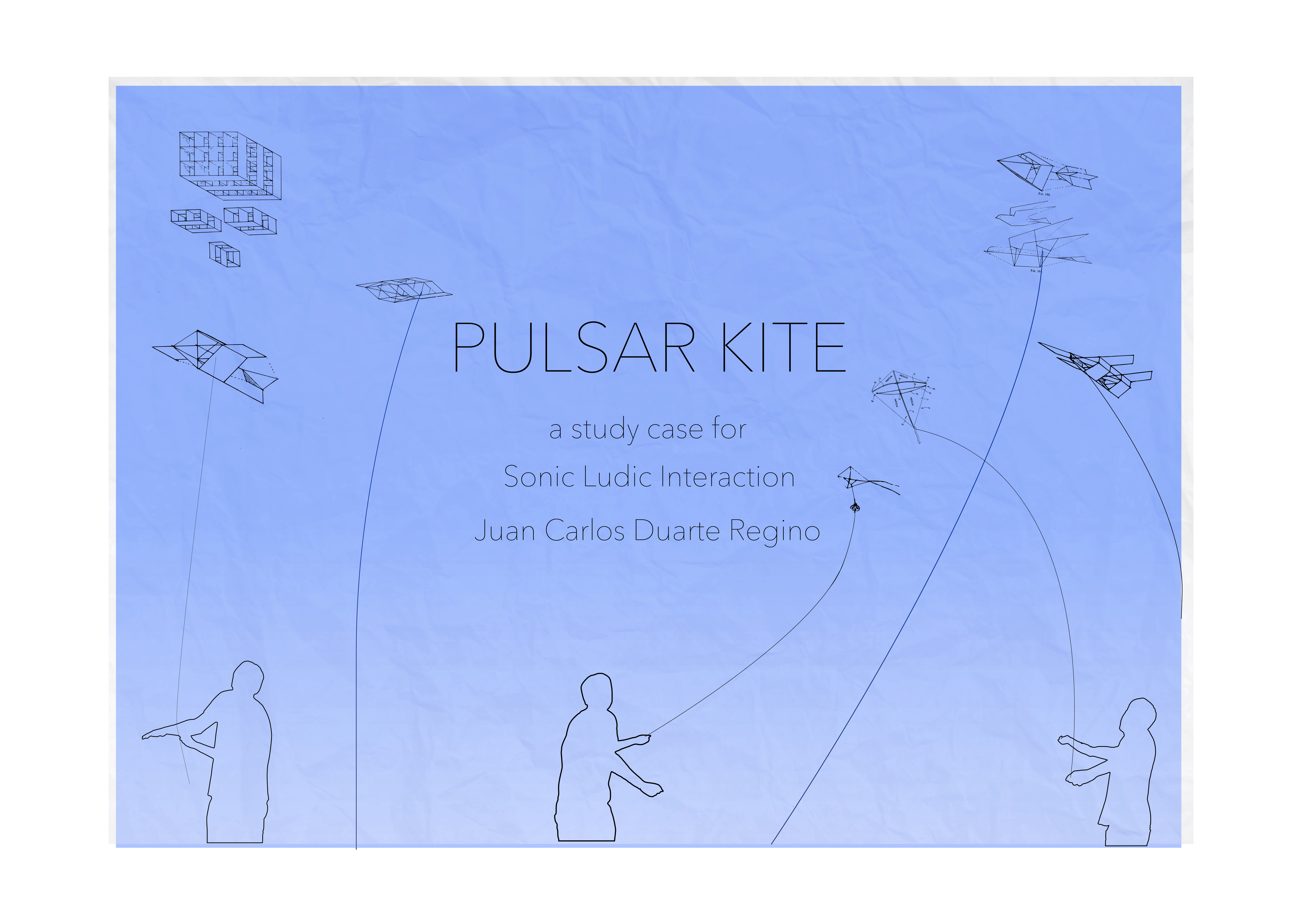
Pulsar Kite, aeolian instrument for computer music. Review in Neural Magazine.

Project Description
Pulsar Kite was initially proposed as a way to enhance an existing object by means of electronic interaction. Thus, the inherent features of a kite were evaluated as playful interaction that comprises a higher environmental system of unpredictable behavior, that is to say, wind currents can be interpreted as a dynamic physical generator to trigger sonic events. Even though the most basic purpose of kite the game is to achieve a certain level of control over wind conditions, a diffuse abstraction of game become visible along his limits: to reach skillful control through undeterministic and self created chaos. More recently, humanities and new media theory have become fascinated with chaos theory, complexity theory, in resonance with Deleuzian- Bergsonian affect and Autopoiesis (Cull, Laura 2009).
Therefore, as this research is situated in the diverse frame of New Media studies, it can imply a multidisciplinary approach that integrate artistic and scientific basis to debate complex experiences. For example we can consider the reading of Complex Systems theory as a review of non linear relations found in the the middle of natural phenomena and sonic augmentation. Consequently, the research suggest an experimental procedure towards the use of electronic media, in order to propose a set of sonic gestures for a performance distinguished by a naturally aleatoric behavior. Furthermore, the performance - game itself takes place in a contemplative situation that enables the understanding of one self enacting an event within a environment. This relation can be close related to the framework of Acoustic Ecology as it propose a sonic interaction with the environment.
Finally, the result of the experience aims to be enhance the single experience of the kite flight, by augmented sound interaction within open space. As an HCI this system is designed to register, process and output signal from a collection of data triggered by flying a kite. This data include speed, rotation and position, to process audio signal in relation to an idle microphone input from the environment. Such a patchwork of information aims is to generate harmonious sound cues to support focus on control, in way to enable responsive feedback relation with user.

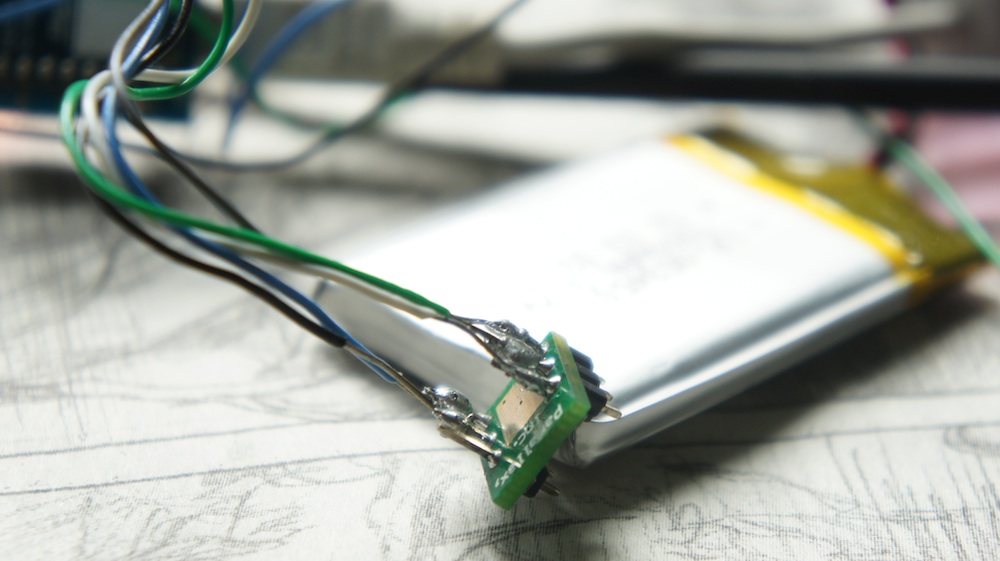
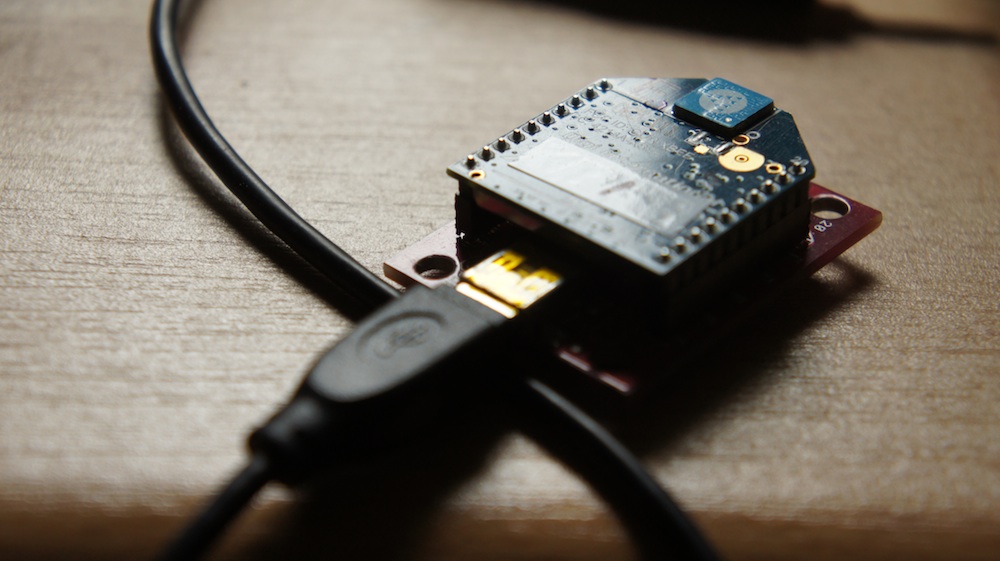
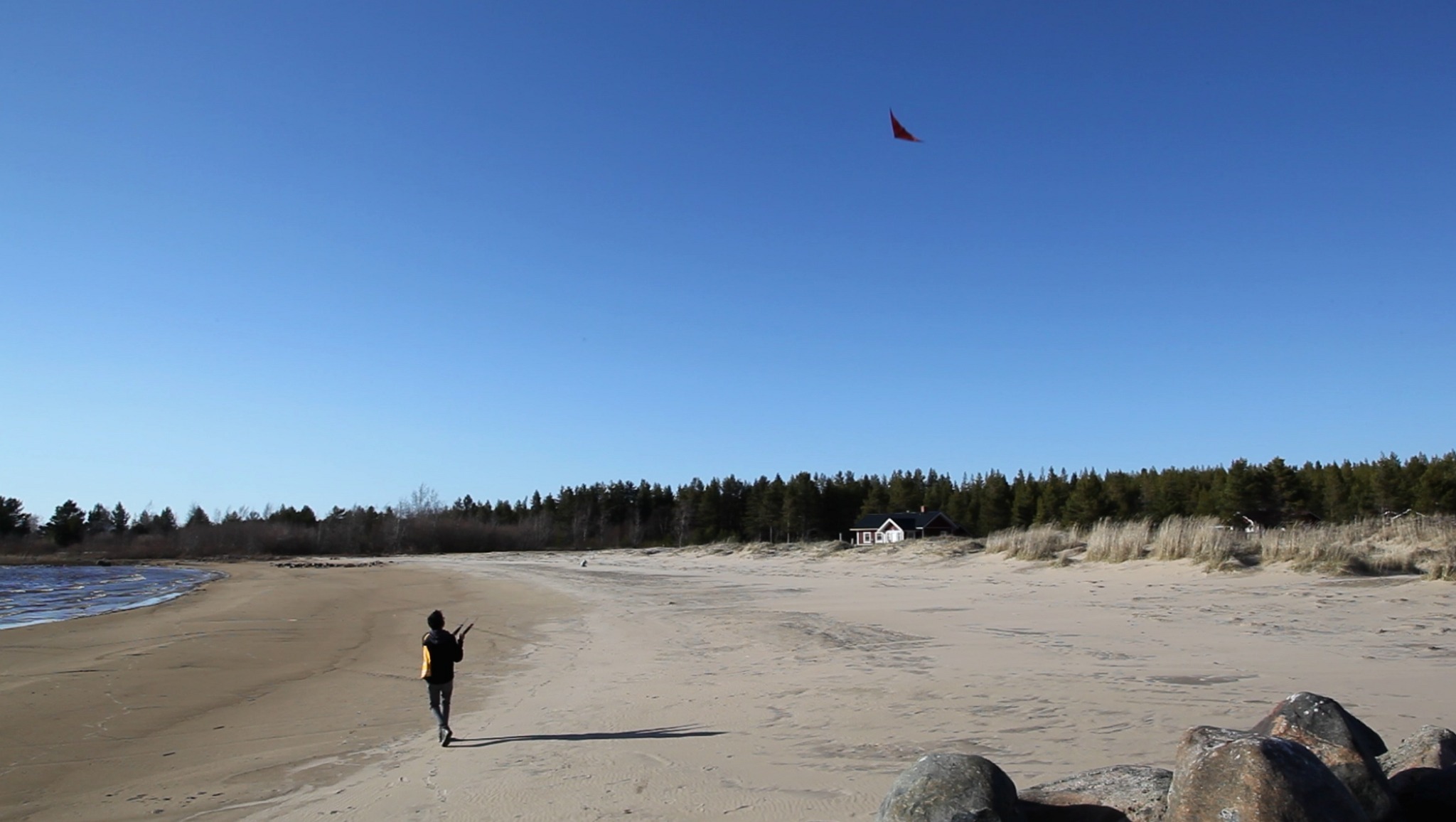
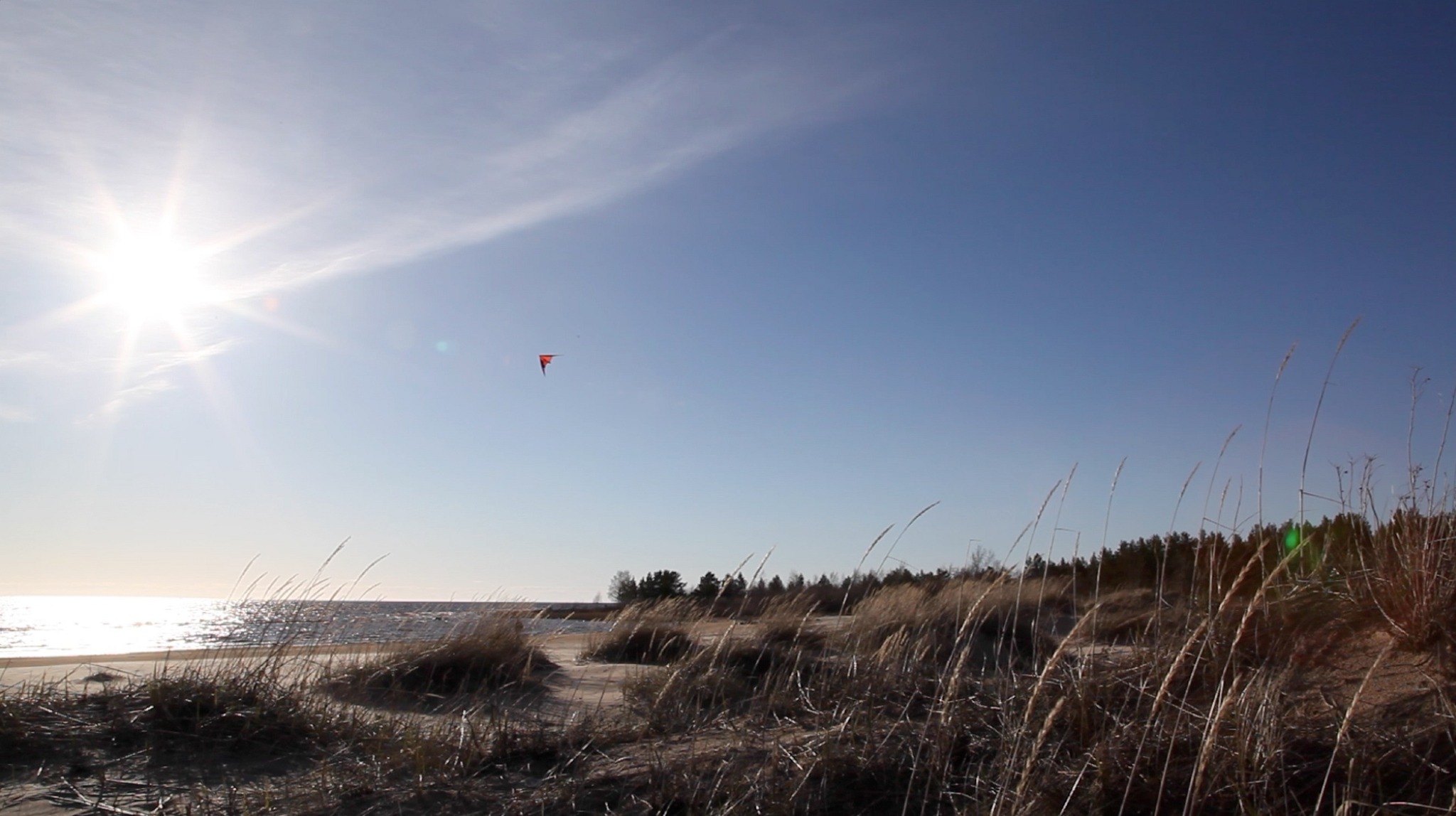

The sound core it is built upon the principles of composition with granular and pulsar synthesis, developed by Curtis Roads, in collaboration with Alberto de Campo.
Pulsar Kite continued his development during a Residences in
1)Hair Art Hailuoto, Oulu, Finland.
Pulsar Kite Hailuoto Teaser from Juan Duarte Regino on Vimeo.
Pulsar Kite in Hailuoto Pöllännokka from Juan Duarte Regino on Vimeo.
2) Center for Contemporary Art - Castle Ujazdowski
Pulsar Kite - SoCCoS - CCA - Warsaw. Poland. from Juan Duarte Regino on Vimeo.
3) Institute of Advanced Media Arts and Sciences
It also was featured in the Inter-format Symposium 2014 "On Flux of Sand and Aquatic Ecosystems" in Nida Art Colony.
Inter-format Symposium 2014 "On Flux of Sand and Aquatic Ecosystems" from Nida Art Colony on Vimeo.
Project supported by FONCA CONACYT, Aalto Media Lab, and Aalto Media Factory.